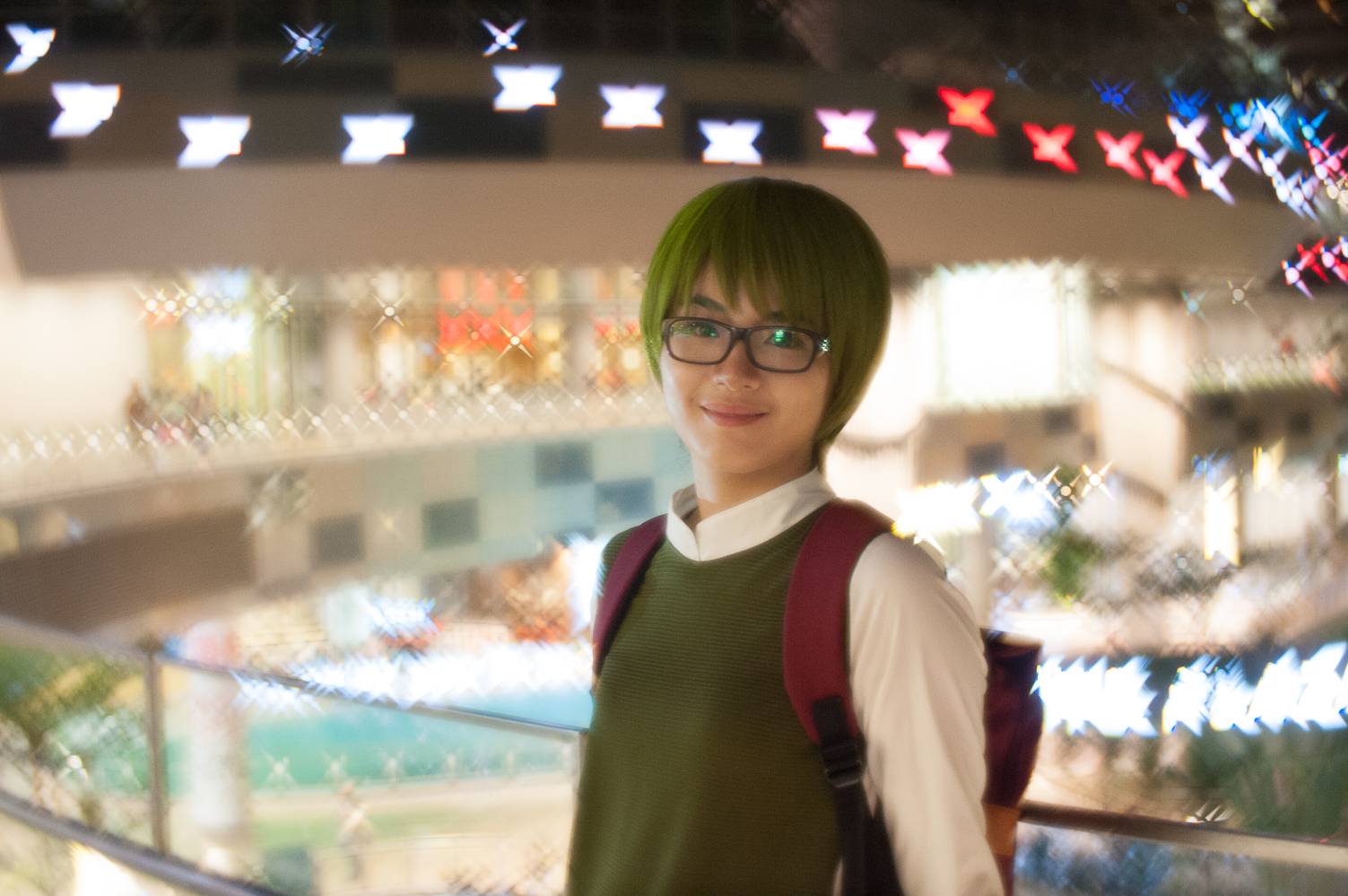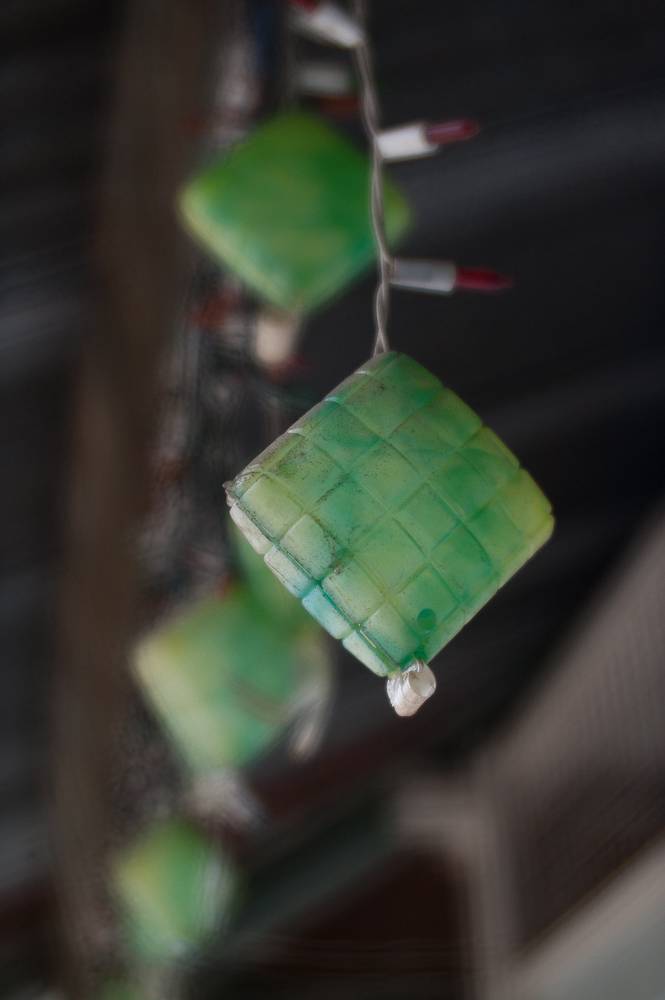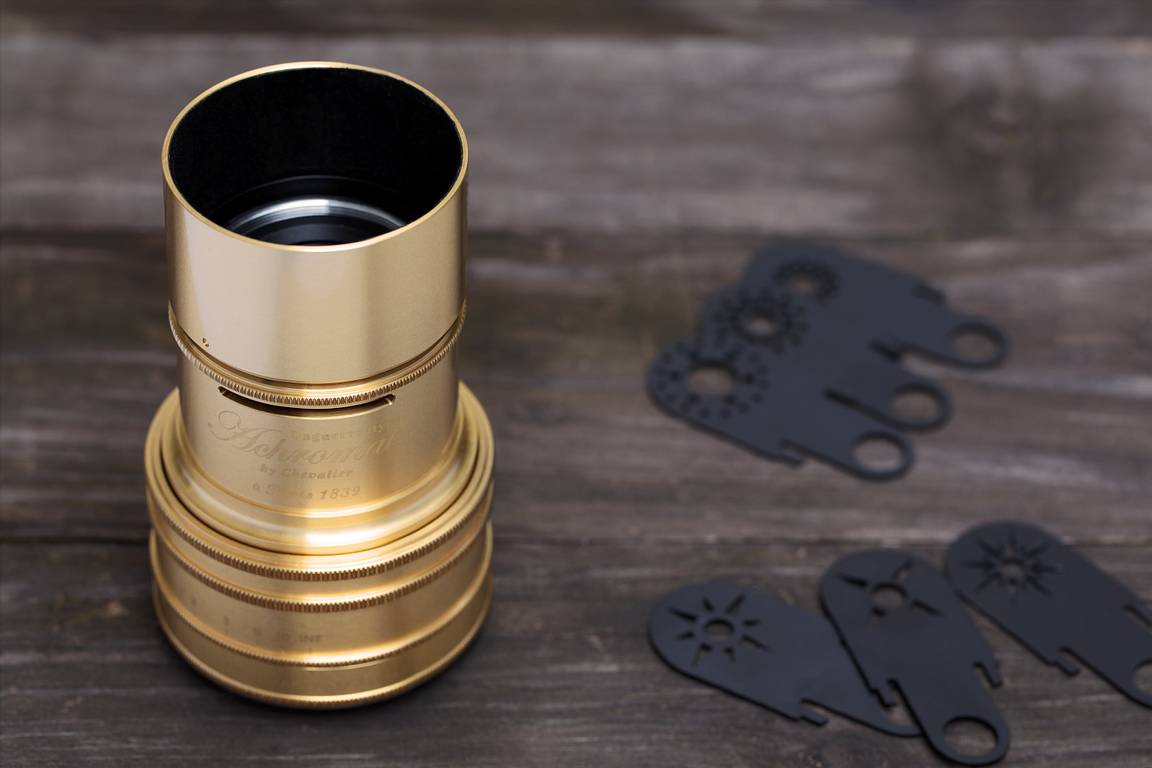First Impressions of the Daguerreotype Achromat Art Lens: Wilson Wong
2 Share TweetPhotographer, gadget reviewer, social media evangelist and Singapore Photography Interest Network founder Wilson Wong shares his two cents on the Lomography Daguerreotype Achromat Lens.
In a previous interview, Wilson Wong talked about his experience shooting with the Jupiter 3+ lens. It’s nothing new to Wilson really— he is accustomed to sharing photography-related knowledge and qualified insight through the Singapore Photography Interest Network, which he co-founded, and in the reviews he writes on the latest gadgets in the market.
This time, he talks about his experience testing a prototype of the Lomography Daguerreotype Achromat 2.9/64 Lens, which was launched via Kickstarter in April and shares some personal views on photography.
How would you describe your style as a photographer?
Shoot anything and learn as many genres as possible. As they say jack of all trades is a master of none, but I try to understand the different genre and apply my knowledge. What I have found is that what I have learnt from landscape can be used for portraiture. So my style is no style. Or maybe “go with the flow” style.
What subjects do you particularly like to take photos of?
I have no preference. Maybe that’s why I like to do travel photography. My trips overseas be it personal, for work or invites from Tourism organisations from Korea, Malaysia, Australia to name a few are what hones different genres. A lot of times people think travel photography is just landscape. To have an immersive experience about the place, it is good to capture, the people, the food, their activities, their culture, their colour and of course the environment in which they live in. Each location provides a different vibe, and a different vibe gives a different approach to capture that vibe or essence.
Digital or analogue? Does it matter which?
The are just means to an end. That is to portray what you have seen and share it out. The difference between analog and digital is that the later gives you a much wider span of control and that provided the impetus for creativity. When it comes to analogue, the creativity comes in different form – that of shapes, light, shadows, emotions, environment. It is this ‘limitation’ of film that to me forces you to be even more creative that digital has make it easy but in return, has made us lose the skills and knowledge associated with film photography.
On one hand, I welcome the freedom of digital but on the other hand, digital photography has made thing so easy that we lost that special connection with our images.
I believe this quote from David Campany is a good reflection of what we are slowly losing in photography.
When photography is only photography it isn’t even photography.
What was your first impression of the Daguerreotype Achromat Lens?
As a Lomo Petzval x Zenit Art lens owner (also a Kickstarter version), I was pretty limited by the 85mm as I am shooting with Fujifilm’s APS-C system. So the DA lens at 64mm is still quite limiting in some ways and have to adjust my shooting style to match the lens characteristics. The fortunate part is that I got hold of a second hand Nikon D700 prior to the test. Was it a positive experience when I first touch it? Yes. Did the photos turn out well? Yes too.
I was expecting the bokeh but the lens flare, thanks to members of my Singapore Photography Interest Network, I got to see that the lens’ flare is in itself a very unique characteristic too!
What camera did you use with the lens?
I used the Nikon D700 and Fujifilm X-E1 mirrorless system. What I have found is that OVF helps with the focusing when you shoot wide open due to the soft focus. The EVF and focus peaking can’t really show that clearly and can be a struggle sometimes. Mirrorless can still be used with the lens, we just have to get used to it.
How would you compare your experience of shooting with the Daguerrreotype Achromat Lens with using other Lomography products or with other lenses?
I have used the Petzval 85mm, the Jupiter 3+, the LC-A Minitar-1. All have different looks and different ways of using them. So there’s no such thing as which is better; it is more like matching the lens to what you want to achieve. Having said that, the Petzval’s focusing knob is a more intuitive focusing mechanism than the focus barrel ring.
Can you tell us a little more about your Daguerreotype Achromat Lens experience? Any interesting things you encountered or any challenges?
For the modern photographers, changing the aperture plates seems backward when we can just change apertures with a flick of the thumb or finger. There lies the beauty of this lens too. Changing the aperture plates do force us to slow down and think about composition and how to incorporate the particular plate pattern into the image. With some experience using the Petzval, it is quite easy.
For me the lens hood did lock into place but is loose.
Please choose your favorite photos from the Daguerrreotype Achromat shoot and tell us about the images, and why they’re your favorites.

Taken with the Fujifilm X-E1, the lens’ dreamy look helps with shooting portraits and is particularly helpful in showcasing idol type of photos.

Taken with the Nikon D700, the induced flare comes from a mobile phone flash light. This gives the product shot sort of a heavenly endorsement so to say. The bokeh itself is delicious too! This is something I did not anticipate to use the DA lens with but it works!
What is your favorite feature or what do you like most about the Daguerrreotype Achromat Lens?
For a 64mm, it starts to be a fun lens for both Full Frame and Crop sensor cameras as it is not as tight as the Petzval. And it is smaller and more compact and with a filter thread, it expands the things the lens can do.
For what kind of projects would you recommend the Daguerrreotype Achromat Lens?
Quite honestly anything and everything. Just let the imagination go wild. You can give that dreamy effect for landscape, for portraits and even product shoot! If you do have a complex background, capturing the bokeh would add some shine to the subject especially those painted look. The lens flare is unique too so maximise that effect by shooting into the sun or strong light source.
Any tips for first time shooters?
For the Autofocus generation, it takes time, patience and effort to live with manual focusing. It is a struggle sometimes to focus through the lens wide open (at f2.9). So to help things along, use a smaller aperture to get your focus while maintaining distance between yourself and the subject. Once you get the focus, take out the plate. After a while, you will have an idea how a focused image looked like when shooting wide open and won’t need the smaller aperture hole any more.
A lot of times, especially beginners, they just shoot and expect the DA lens to shine. One has to be more deliberate than this. Put the subject in front of a busy/complex background and that will help with maximising the bokeh effect more.
Do you have ongoing or upcoming projects that you would like to tell the community about?
At the moment I will be going for some shoots in and around Bali. I will be capturing Montigo Resorts Bali and also Nusa Penida. I will be traveling to Guilin China in September and hopefully Hoi An Vietnam in August to conduct a photography class with Pics Of Asia with Etienne Bossot. Yes I do more traveling photography and write about the places that I visited. Part of it is to use the opportunity to write camera reviews by using new cameras during such trips and also to contribute lifestyle/travel stories to websites.
written by Jill Tan Radovan on 2016-05-27 #gear #people #spin #first-impressions #daguerreotype-achromat-lens #wilson-wong































No Comments